What are Coins?
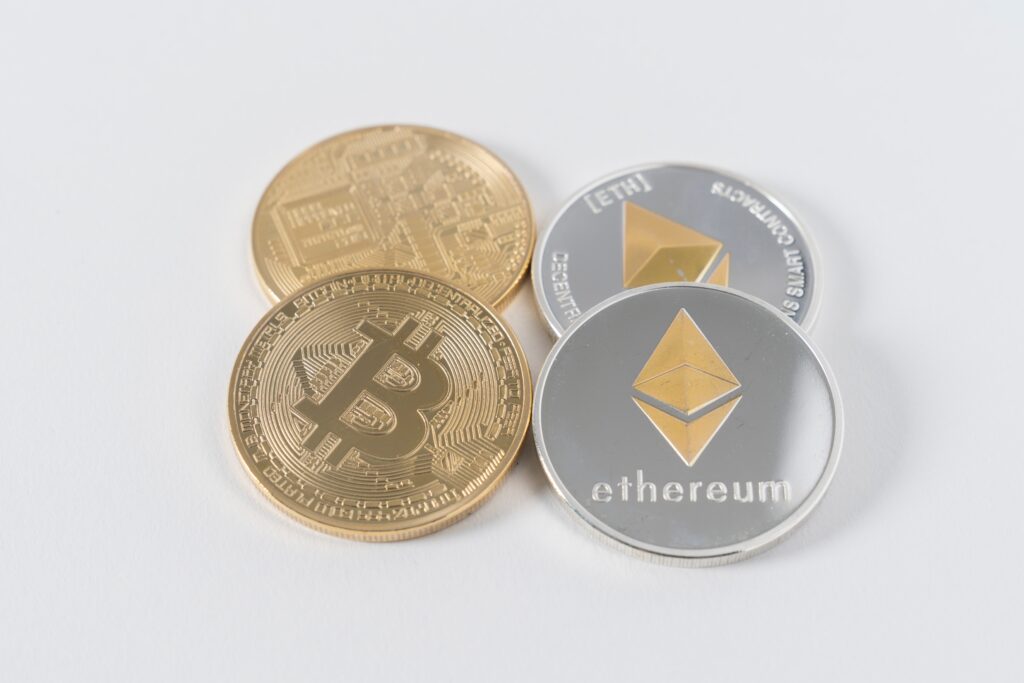
What is Digital Coin?
The definition of a digital coin is an asset that is native to its own blockchain. Think about Bitcoin, Litecoin, or Ether. Each of these coins exists on their own blockchain.
So, to make this a little clearer: please follow the following description
- Bitcoin operates and functions on the Bitcoin blockchain.
- Ether operates and functions on the Ethereum blockchain.
- NEO operates and functions the NEO blockchain.
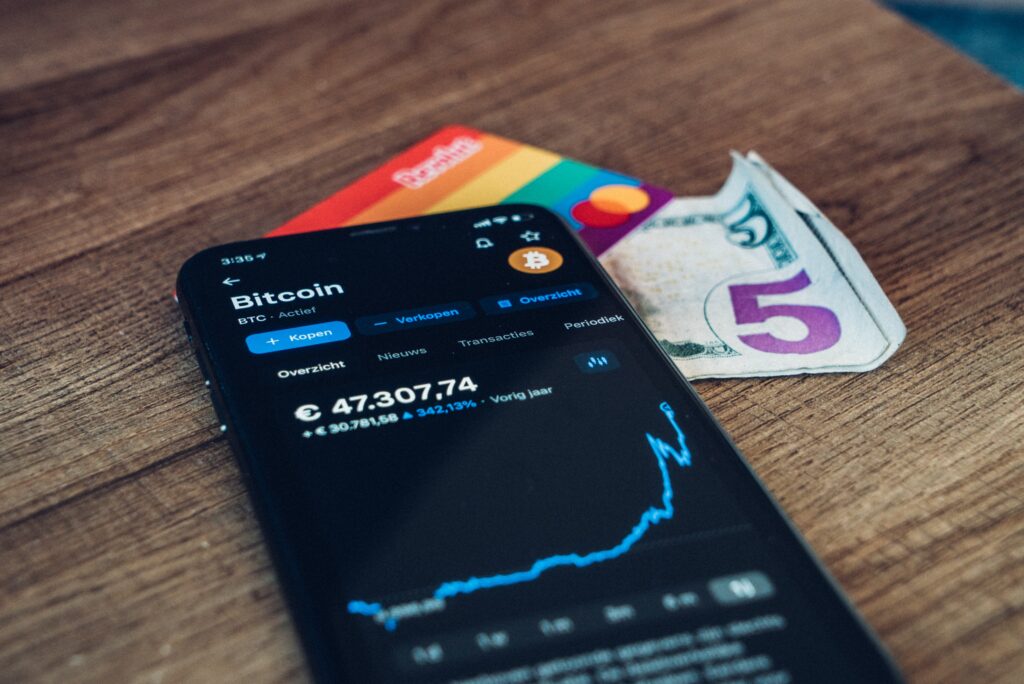
How does the digital coin transaction work?
Transactions of digital coins can be made from one person to another. However, no physical coins move when you send and receive them. All the “coins” exist as data on a giant global database. This database (or blockchain) keeps track of all the transactions and is checked and verified by computers around the world.
Digital coins are generally used in the same way as a real-life coin is – as money.
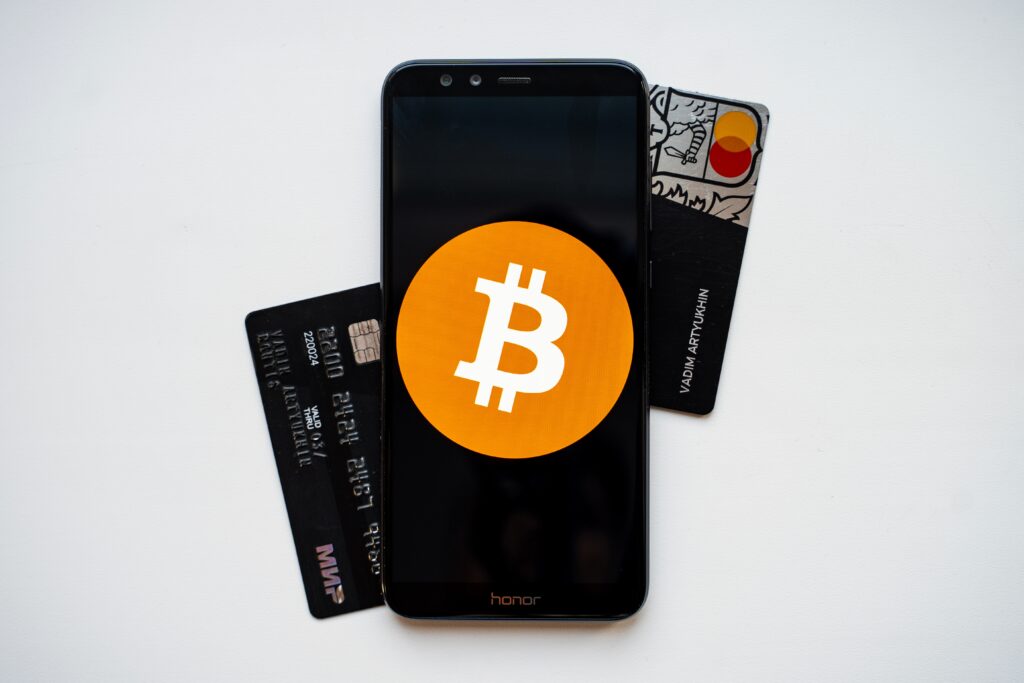
You can think of coins like Bitcoin, Litecoin, and Monero just like the coins in your wallet. Often, they don’t serve any other purpose than to be used as money. These “cash only” coins are used:
- To transfer money (you can give and receive value using them)
- As a store of value (they can be saved and later swapped for something useful)
- As a unit of account (you can price goods or services in them)
Let’s use Bitcoin as an example to make sure you understand the above statements.
- BTC can be used to pay for goods and services all over the internet and in many real-world places too.
- You can store it for a long period of time and nothing happens to it. You can then swap it for something of equal value later.
- The things that you buy can be priced in BTC too.
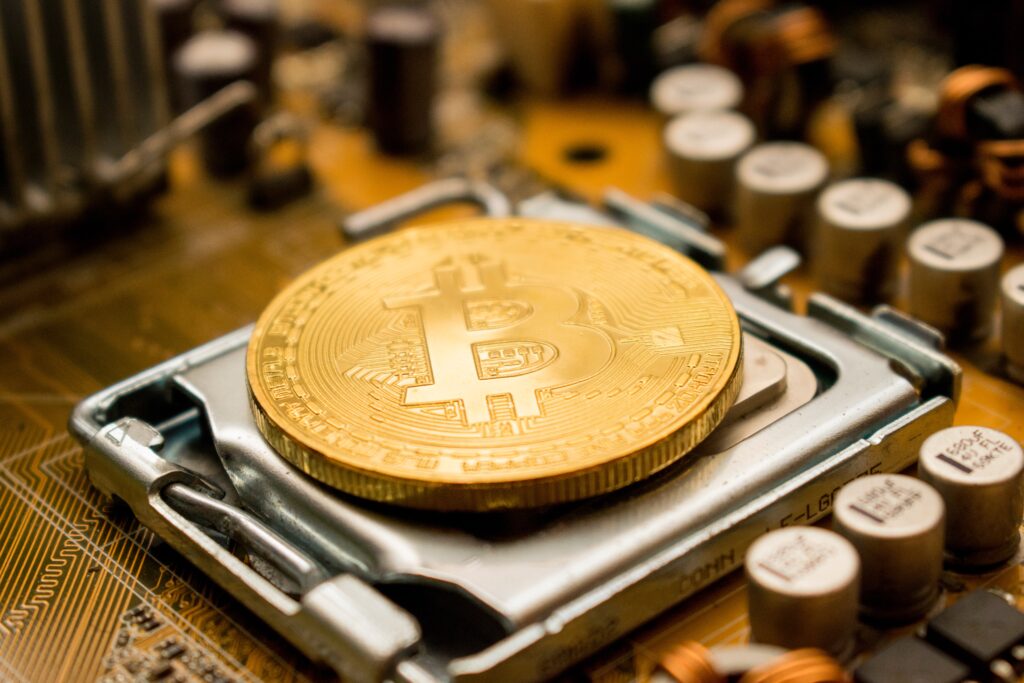
Other than these monetary uses, there is no other use for Bitcoin. It can’t be staked to earn more Bitcoins and it doesn’t need to be used to operate a certain application. It is used as money and that is all.
However, some digital coins (such as Ether, NEO, and DASH) have more features than just being useful as a form of money. I’ve listed these uses below:
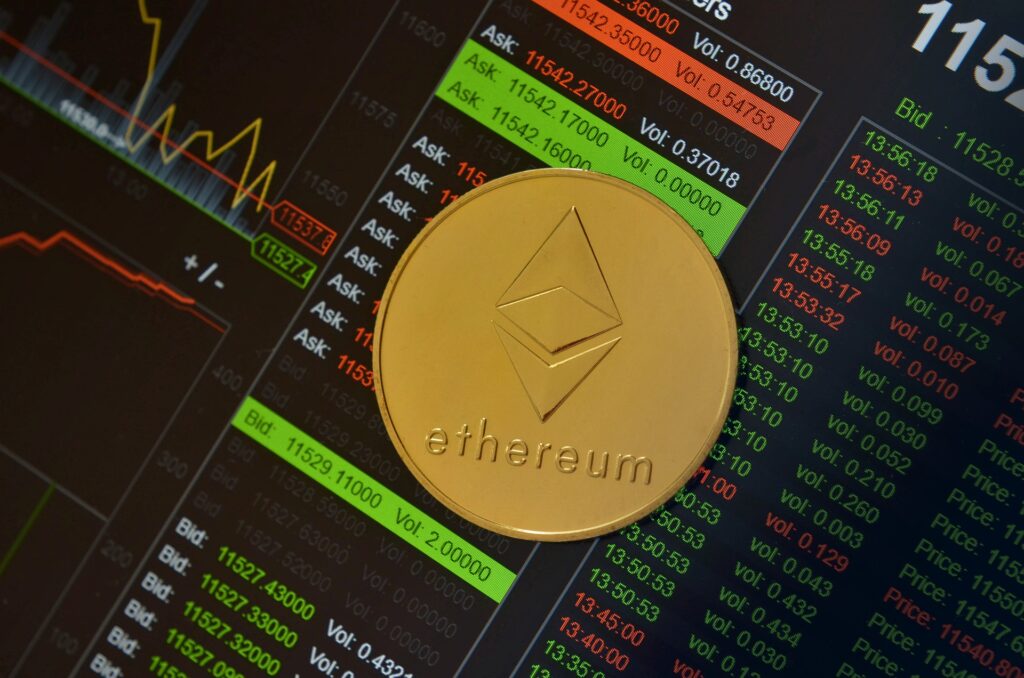
Ether (ETH) is used to fuel transactions on the Ethereum network. Tokens can be built on Ethereum, but Ether is still required to send a token. It funds the mining costs (it pays the computers that verify transactions on the Ethereum network).
- NEO (NEO) is staked in a wallet to earn a dividend. This dividend is known as GAS. Tokens can be built on NEO, just like they can on Ethereum. When sending a token on the NEO network, you need to pay GAS as a transaction fee, the same way that Ether is used to pay Ethereum fees.
All the largest market cap digital assets are defined as coins today. However, not all coins have a large market cap. Industry price website CoinMarketapp lists over 900 different examples of coins. Most common examples of coin are Bitcoin, Bitcoin cash, Litecoin, Ehereum etc
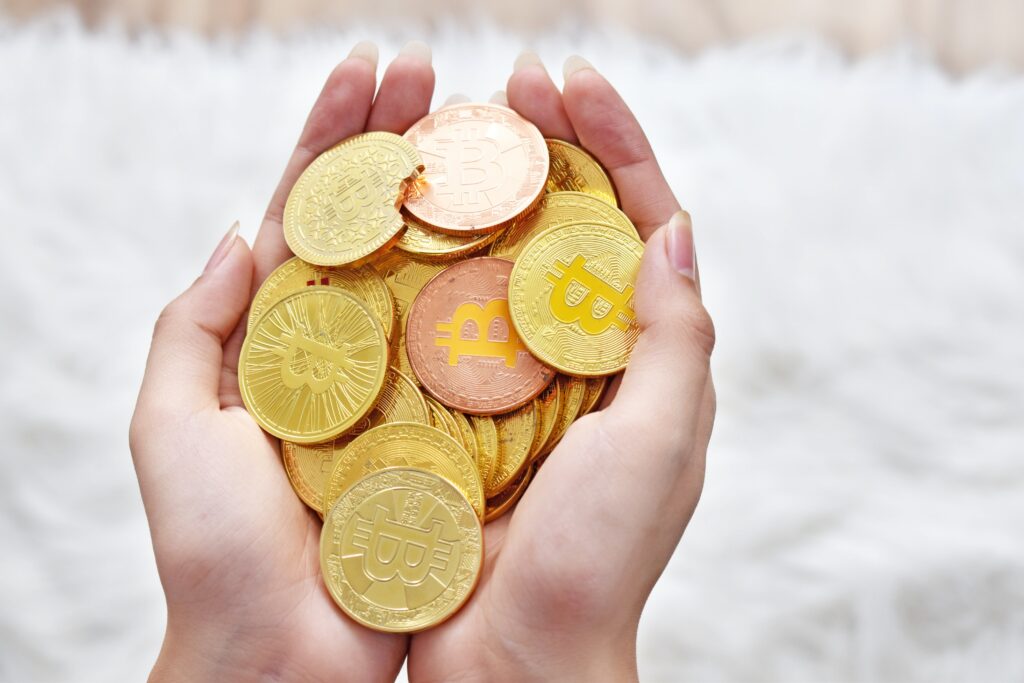
What are Tokens?
Tokens often get called digital coins. However, this isn’t correct. Yes, There is a major difference!
Tokens are created on existing blockchains. In fact, thanks to the creation and facilitation of smart contracts, the most common blockchain token platform are Ethereum. Tokens that are built on the Ethereum platform are known as ERC-20 tokens.
However, there are others such as NEO, Waves, Lisk, and Stratis. While, as mentioned above, tokens on the Ethereum platform are known as ERC-20 tokens, NEO uses tokens known as NEP-5 tokens.Anyone can make their own custom token on one of these platforms.
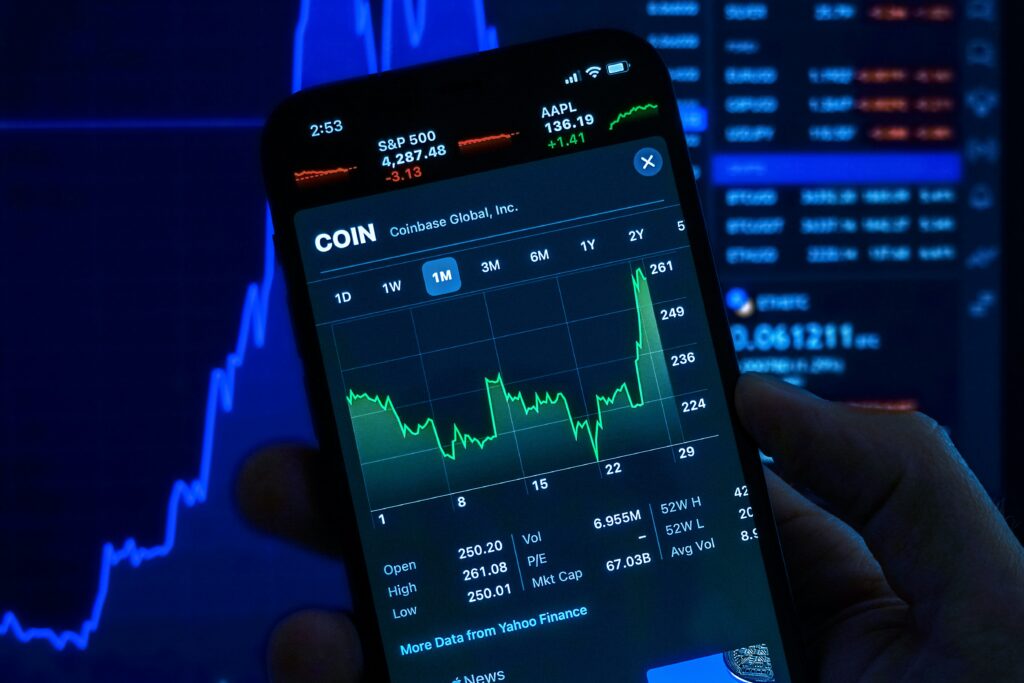
Most tokens exist to be used with decentralized applications, or dApps. When developers are creating their token, they can decide how many units they want to make and where these new tokens will be sent when they are created. They will pay some of the native cryptocurrency on the blockchain they are creating the token on at this point.Once created, tokens are often used to activate features of the application they were designed for.
For Example, Binance (the exchange) also has its own token. When users trade with BNB (Binance token), their fees are 50% less.
Some tokens are created for a whole different kind of purpose: to represent a physical thing.
Let’s say you wanted to sell your house using a smart contract. You can’t physically put your house into the smart contract, can you? No. So, instead, you can use a token that represents your house.
WePower (WPR) is a good example of a token that represents a physical thing — it represents electricity.
The WePower project is a dApp that allows users to buy and sell electricity on the blockchain using smart contracts. Its token (WPR) represents a certain amount of energy.
For example, Musicoin is a token that allows users to access different features of the Musicoin platform. This could be watching a music video or streaming a song.

